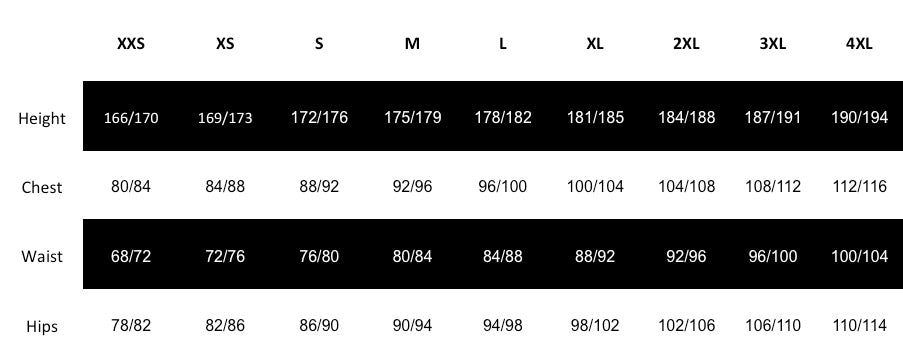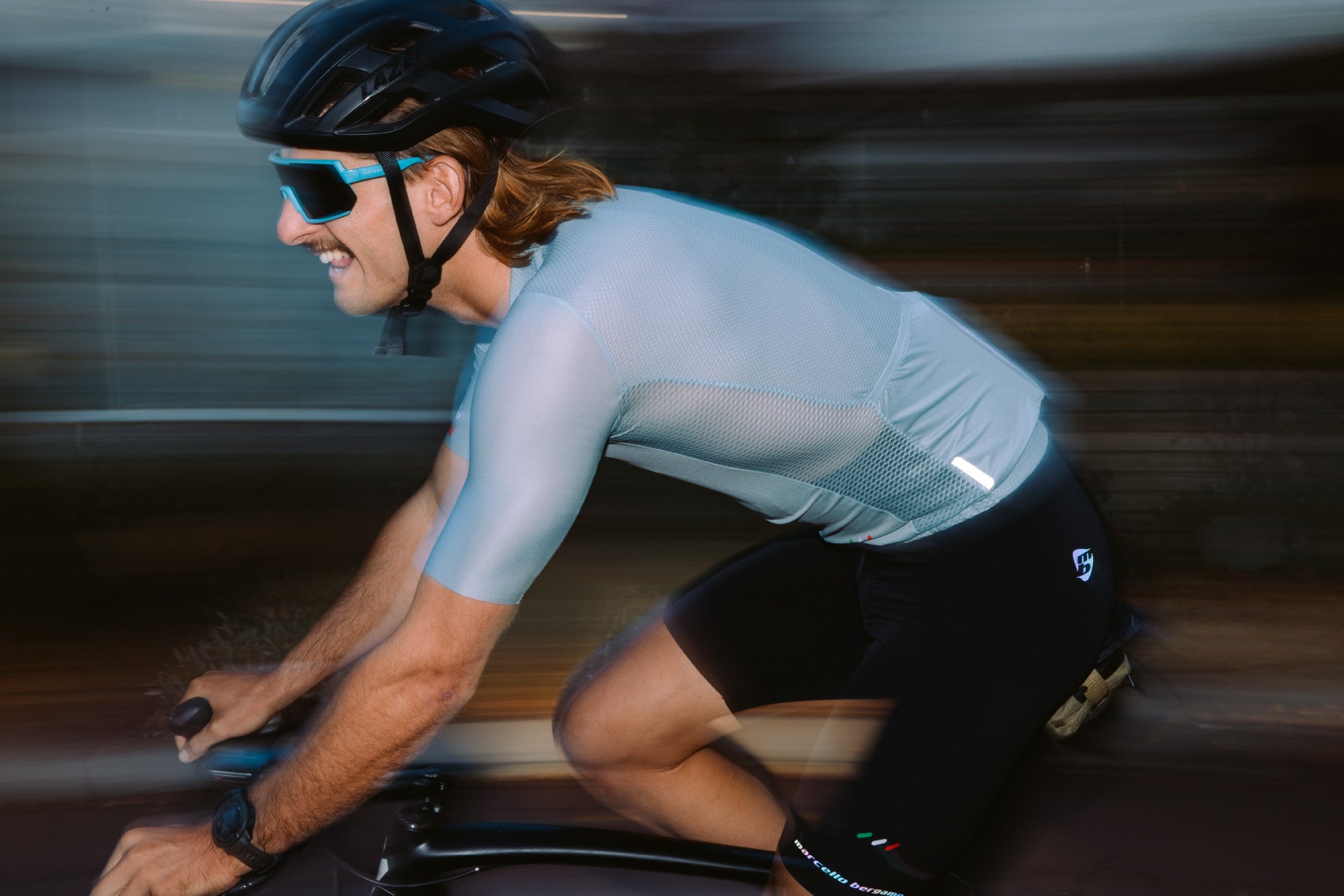Size Chart
Men's

Women's Bib Shorts & Jerseys & Vests
Women's Jackets

Arm Warmers

Unlock Your Cycling Potential: Why a Professional Bike Fit Matters
Avid cyclists often seek new gear, training methods, or supplements to eke out improvements. Yet, one of the most impactful yet overlooked upgrades lies in the fundamental connection between rider and bike – the bike fit. A proper bike fit isn't just about comfort; it's central to optimizing performance, efficiency, and preventing chronic injuries. Let's explore why a bike fit is an investment every cyclist should consider.
What is a Bike Fit?
A professional bike fit goes far beyond the basic adjustments you might do yourself at home. A qualified fitter uses assessment tools, cycling knowledge, and anatomical expertise to analyse your body's unique measurements and movement patterns on the bike. Their goal is to customize the bike's configuration, including saddle height, handlebar position, cleat placement, and more, for your best possible cycling experience.
Benefits of a Professional Bike Fit

When Should You Get a Bike Fit?
What to Expect During a Bike Fit
We interviewed Lionel from PhysioFit Lab and this is his feedback on a typical bike fit session:
Finding a Qualified Bike Fitter
Look for a fitter with certifications and expertise in bike fitting. Recommendations from fellow cyclists or bike shops are a valuable starting point. If you are based in Melbourne then we suggest you contact Lionel from PhysioFit Lab. Let us know in the comments below if you have any Bike Fitter recommendations.
It's Not Just About the Bike
While a professional bike fit is transformative, remember that cycling fitness and flexibility also play a role. Stretching and off-bike conditioning can complement a good bike fit, maximizing your cycling comfort and performance.
You should also ensure that you have quality bib shorts (check out the range) with a chamois that is specific to the style of riding and the time you spend in the saddle. For more info read our Saddle Sore Survival guide.
Ready to take your cycling to the next level? Invest in a bike fit and discover the difference a personalized ride can make.
Comments will be approved before showing up.


In an era marked by Instagram influencers and ever-changing fashion trends, the allure of 'fast fashion' – the mass production of “trendy clothing” – has become a global phenomenon.





